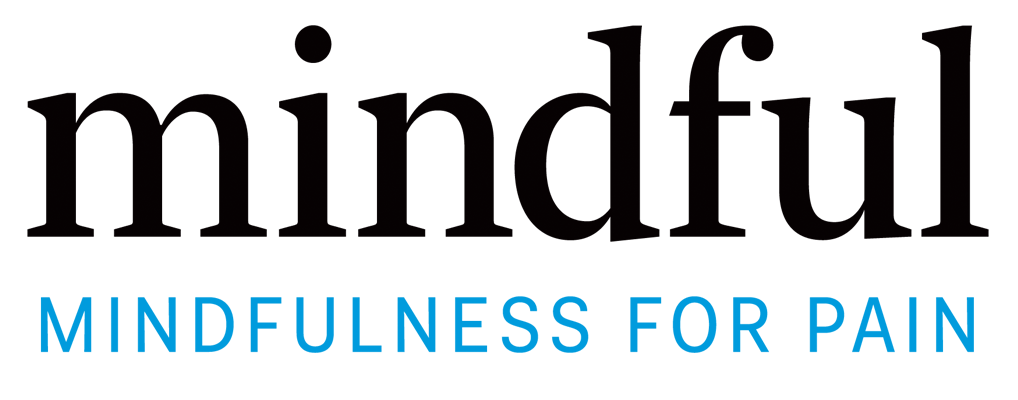Mindfulness for Pain Practice: Zooming In
Hello, my name is Alex Maizuss, and I will guide you through a 10-minute meditation working with physical pain, by paying close attention to the physical sensations or the pain without using the label “pain.”
But before we start this practice, I’d like to invite you to ask yourself, “is the kindest thing to do right now?” Focusing fully on the pain is not easy, and there are times when it’s actually better to do something else instead. Such times could be when you haven’t slept well or have extra stress at work or at home, or maybe just feel more emotional than usual. In this case, it might be more suitable for you to practice one of the other pain meditations in this series.
See, one way that pain works on the mind is that it will naturally focus all attention around the painful area. In this practice, we’ll bring some openness and curiosity to what we call pain by going beyond the label of “pain” and exploring what it means to you.
Let’s start by finding a comfortable position. You can lie down for this meditation or sit in a chair. You can close your eyes or just look down, finding a focal point on the floor in front of you. Whatever feels best to you in this moment. If you’re sitting, placing your feet on the ground. Feeling the solid ground under your feet. Maybe having a sense of the floor, or the carpet, through your shoes or bare feet. Letting the back be straight and upright, if that is possible. Or leaning against the back of the chair and feeling the support of that. If you’re lying down, feeling the body supported by the mattress or mat beneath you. Allowing the body to relax, if that is possible. Maybe the jaw, the shoulders, the belly. And now taking a few deep, slow breaths, and feeling the sensations of the breath in the body. On the chest, or maybe the belly. Maybe even releasing a little more tension with every out breath.
Now allowing the attention to come to the painful area. It can be helpful to use the breath, as if you could breathe into and around the pain. The breath can be a stable anchor, like a handrail, as we’re feeling into this area. Allow yourself all the time you need. There is no need to rush.
See if you can bring a sense of curiosity to this area. How would you describe this unplesant sensation right now? What is the quality of the pain? Is it stabbing or dull? Tearing? Searing? Burning? Squeezing? Is it sharp? Is it hot or cold? Does it have a color quality? A form? A shape? What is its size today? Its exact location? What other things can you notice about it? Is it the same or different than earlier today? Yesterday? Is it changing, even if only very slightly, as you’re doing this practice?
Feel free to move away from the pain, maybe to the breath, at any time. Or even pause for a moment and open your eyes. Be gentle with yourself as you do this. You can move your attention from this part of the body to the breath as often as you need so you can remain present as possible.
Before we come to a close, you can ask yourself the question: “Is the part that is aware of the pain also in pain?” Can you allow yourself to lean a little bit more back into observing the pain, instead of being the pain?
And when you’re ready, starting to bring the meditation to an end. Taking again a few deeper, longer breaths. Starting to move and stretch in any way that might feel good to you. Open your eyes if you have them closed.




